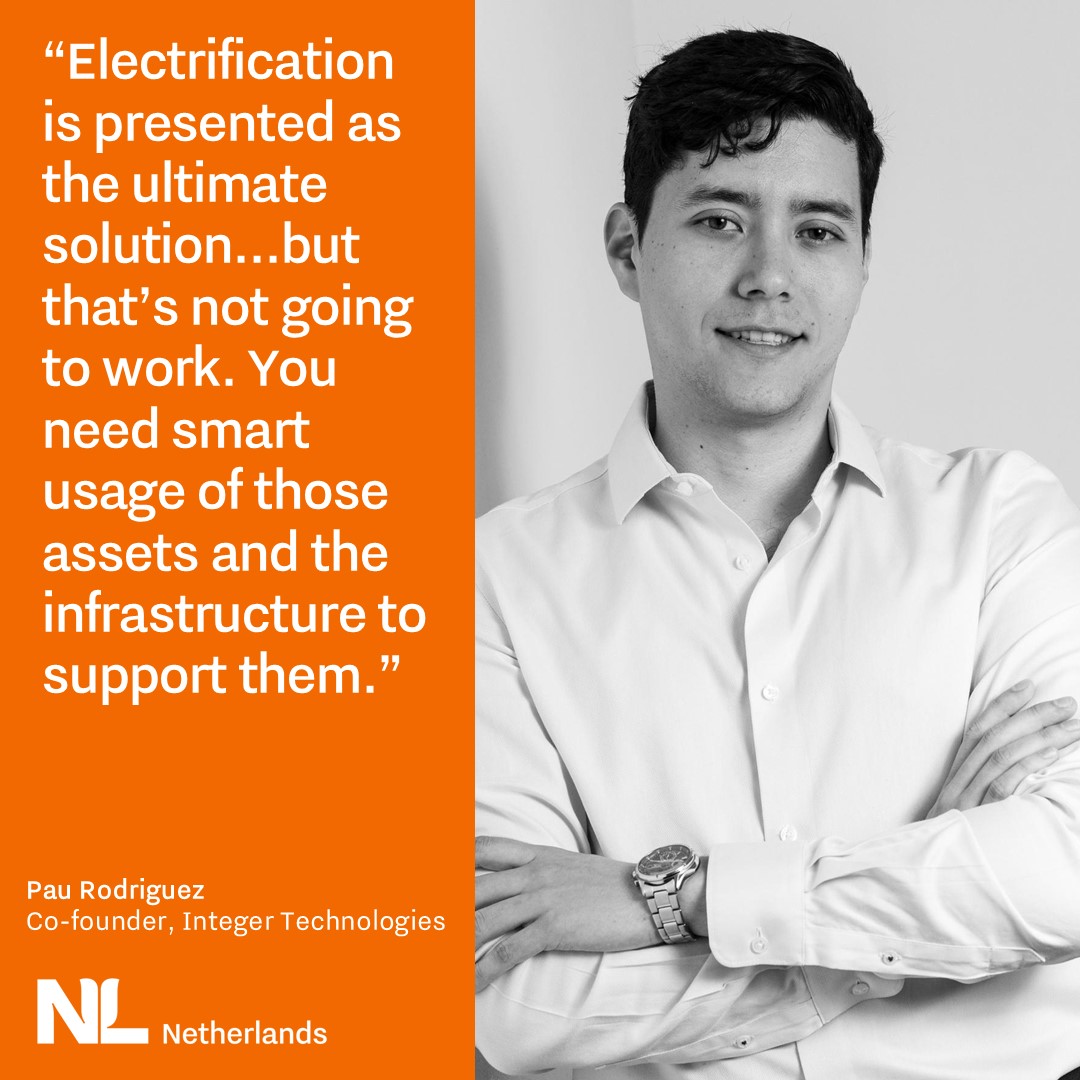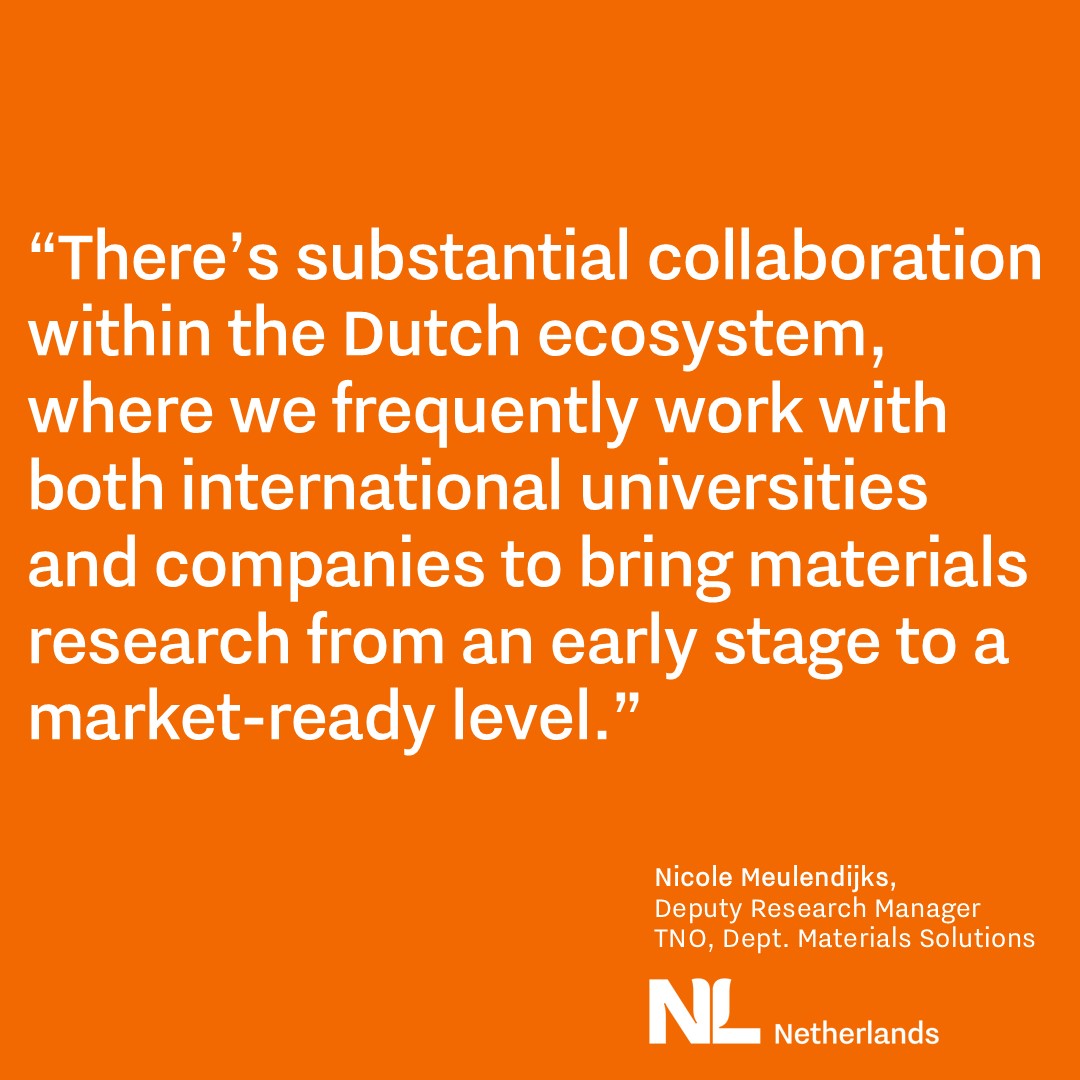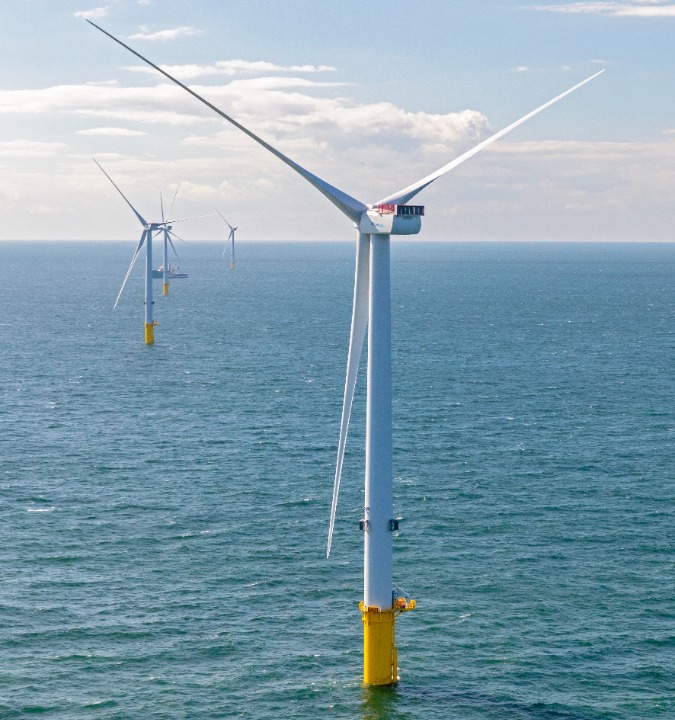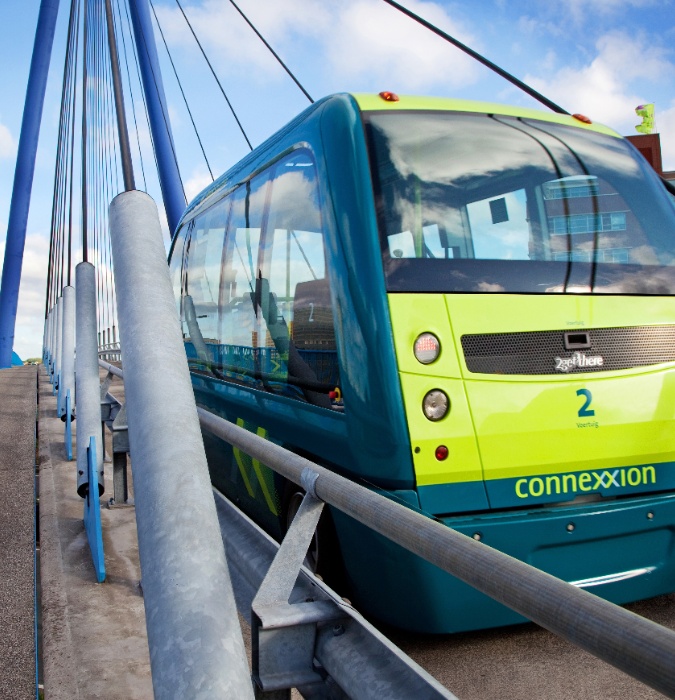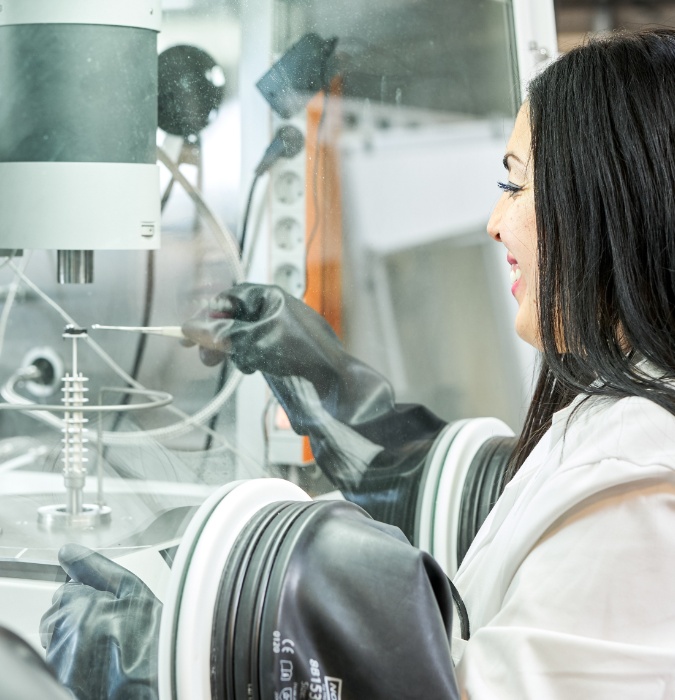The Netherlands aspires to transition from oil-based transport fuels to electrification and renewable hydrogen, advancing e-mobility and EV infrastructure. Electrifying transportation systems, such as buses and freight vehicles, is essential for meeting national emission reduction targets and promoting cleaner alternatives to traditional fuels.
“Electrification is presented as the ultimate solution...but that’s not going to work. You need smart usage of those assets and the infrastructure to support them.”
-Pau Brossa Rodriguez, Co-founder Integer Technologies
The country is investing in advanced battery materials and has over 144,000 public charging points, making it a leader in electric mobility. Government policies, including financial incentives for EV purchases and expanded charging facilities, also support this shift.
By 2030, the Netherlands aims to have 1.9 million electric passenger vehicles on the road, backed by a National Charging Infrastructure Agenda for accessible, efficient charging solutions.

